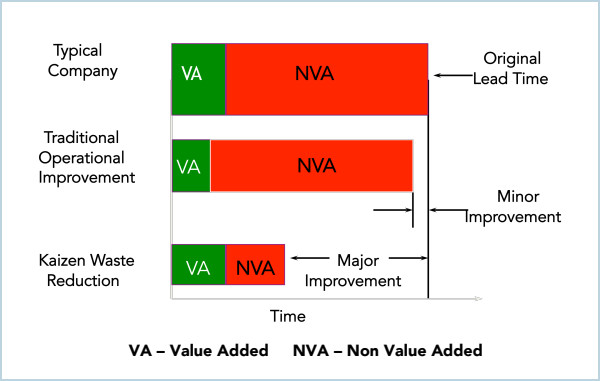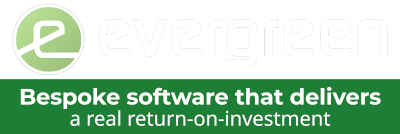Initial Strategy to Identifying Business Improvement
10th November 2017 :: Guest Blog :: Author: Richard Gill
Looking from the outside of a load of trees all you see is the wood, it is not until you are amongst the trees can you identify a route to navigate your way to an exit.
As was once said to us, ‘we know what is wrong, what we do not know is how to put it right.’

On a daily basis people will identify what is wrong with the jobs they are involved with and often sticking a plaster on may stem the bleeding but it will not remove what caused the injury.
When embarking on an improvement culture, it will be as much about revolution as evolution. Whilst people at the top will want to deploy improvement programmes, people at the ‘coal face’, those doing the job and particularly the managers supporting the teams can see it as challenging their position or set of processes they own.
Fundamentally, any continuous improvement strategy will mean a shift in behaviour by the employees, which we have all experienced and is one of the hardest things to manage.
As the improvement evolves we end up managing people through a change programme. With these programmes the skills of the management team at every level will need to be sharpened to cope with the challenges ahead.
Start small and think big, allow the improvement system to develop. Success in the early stages is so important. Educate people in understanding the principles of improvement processes such as Kaizen (Continuous Improvement – Measured Improvement in a team environment) where improvement is aligned to the customer product or journey, asking yourself where Value is Added. Training and educating people in good customer service skills, Continuous Improvement (C.I) and how to identify waste allows you to become an organisation that is both efficient and effective!
Typically focusing on the wastes will ultimately remove Non Value Activities resulting in a large improvement (see diagram), however you will get to a point where even the value-added activities will not support the vision or your customer journey and plans for growth.

David Paul Carter suggests, ‘there are 12 most common barriers to sustainable growth. Each of these barriers requires a different response, so it’s important to diagnose your problem (i.e. get CLARITY) before looking for a solution.’
1. Lack of a Sustainable Business Model – The only way to grow a business without relying on a continual infusion of capital is to find a sustainable business model – one that generates the cash necessary to fund continued growth of your business.
davidpaulcarter.com/12-common-barriers-to-sustainable-growth
Often there are some critical stages in the development of a business where longer-term strategic improvement plans may need to be considered to jump the chasm of business growth.
When I talk about a system, it could be the development of a bespoke IT system or it can also be the way we deal with customers and concerns within the business. Typically both will need to take place.
At these points, truly understanding your processes and clearly identifying how they will need to align to the customer journey is important, building a system to support yours and customer future requirements.
Map the current process (often called a Value Steam map(s) or even a Brown Paper map) so you understand the Current State also map the Vision called the Future State and from there you can see the gap you need to jump .... make sure to have the momentum and strength to get there. Muscle is not built on one repetition of curling a weight but over a period of time with lots of training. This is the only way to approach a true continuous improvement culture!
For any further details on a Continous Improvement culture or starting the journey contact richard@ambition2.com
Richard Gill
Director
Ambition2

 Call us today on
Call us today on 

